

What Is a Sheet Metal Bending Machine?
What Is a Sheet Metal Bending Machine?
Bending machines are integral to the manufacturing industry and come in various types and sizes. With further classification based on features, characteristics, and applications, choosing the right tool for your business can be daunting.
Sheet Metal Bending Machine
Bending machines are industrial tools used to shape metal parts at different angles. These machines apply pressure evenly, minimizing the risk of metal fatigue and breakage during the bending process. They are compatible with various materials, including steel, copper, aluminum, and even tougher ones like titanium.
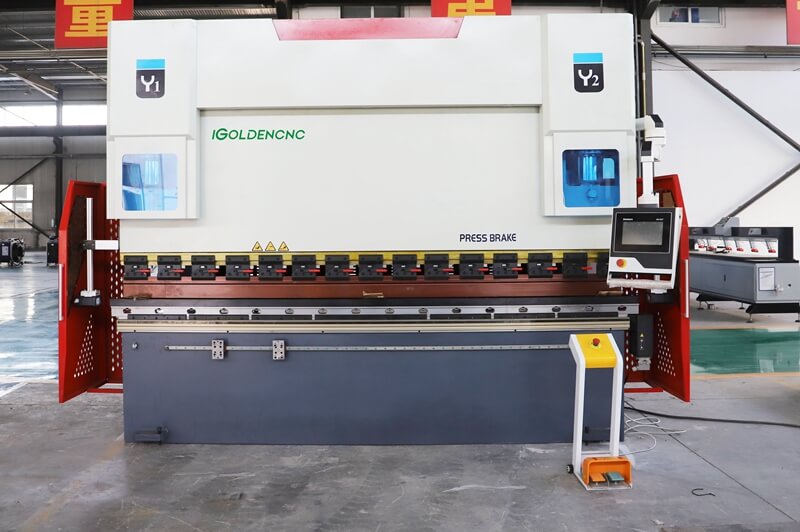
The art of bending, a crucial technique in manufacturing, has been practiced since the early metal ages. From shaping basic tools to crafting intricate metal works, bending has remained a fundamental skill throughout history. Even today, metal bending machines are in high demand across aerospace, construction, and automotive industries.
In addition to major industries, bending machines are widely used in various applications, including hospital furnishings, boat and swimming pool equipment, road signs and posters, bathroom fixtures, taps and faucets, as well as prams and pushchairs.
What Are the Functions of a Sheet Metal Bending Machine?
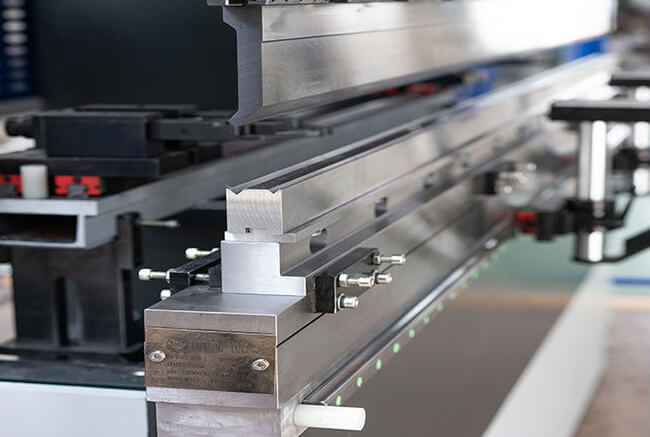
A bending machine is basically a forging machinery that plays a key role in sheet metal processing, especially for large sheets. Its functions range from bending and stretching to rounding and punching metals. So you can imagine the possibilities it offers across industries- light industry, aviation, shipbuilding, metallurgy, instrumentation, and more!
The workbench, made up of a base and pressure plate, sits on the bracket. The base connects to the clamping plate through a hinge mechanism. Within the base, you’ll find essential parts like seat shell housing and coil structure that are covered with protective plates.
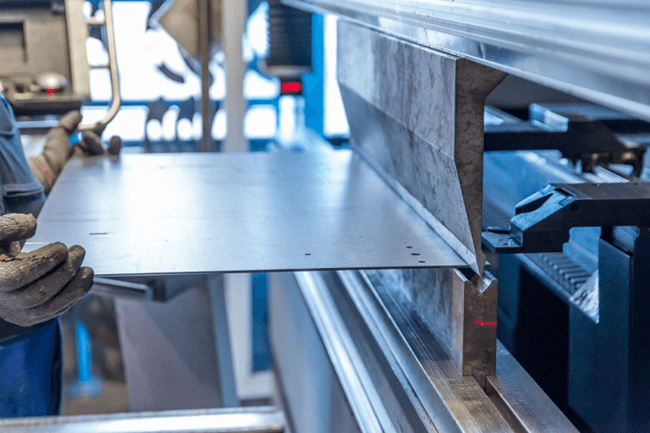
All these elements make sure that when metals are placed between them for bending purposes, they can be securely held in place while receiving force from the machine. When the wire is connected to the coil, it creates an attractive force on the pressure plate. This forces the thin plate to be clamped between the pressure plate and the base.
Because the system uses electromagnetic force binding, the pressure plate can be shaped to fit a variety of workpiece needs. It can also process pieces that have side walls. You can replace the bending machine mold and can meet your diverse demands.
Advantages of Sheet Metal Bending Machines
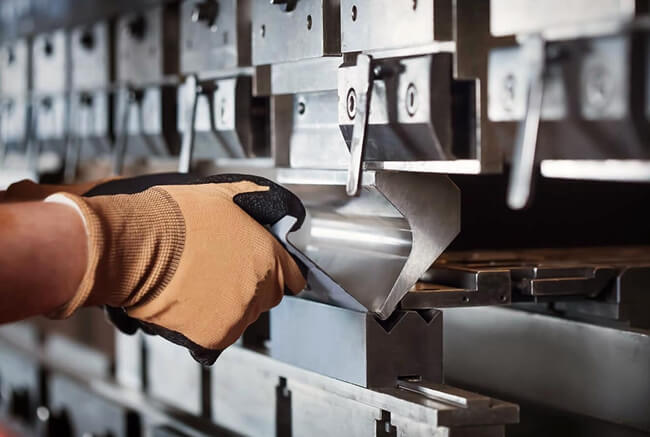
Precision and Accuracy: Sheet metal bending machines are designed to provide high levels of precision, ensuring that each bend is consistent and meets specified angles and dimensions. This accuracy is crucial in industries where tolerances are tight.
Versatility: These machines can bend various materials, including different types of metals like aluminum, steel, and copper. They can also handle a range of thicknesses, making them suitable for a wide array of applications.
Efficiency: Modern sheet metal bending machines are equipped with advanced technology that speeds up the bending process. This efficiency reduces production time and increases output, benefiting manufacturers in terms of productivity.
Reduced Material Waste: With precise bending capabilities, these machines minimize the risk of over-bending or under-bending, leading to less scrap material. This can result in significant cost savings over time.
Durability and Longevity: Built to withstand heavy use, sheet metal bending machines are made from high-quality materials that ensure durability. This longevity translates to a lower overall cost of ownership for businesses.
Improved Safety: Many modern bending machines come with safety features that protect operators during the bending process. This enhances workplace safety and reduces the risk of accidents.
Customization Options: Many bending machines offer customization features, allowing users to program specific bends and shapes. This flexibility is ideal for manufacturers who need to produce unique or complex designs.
Ease of Use: User-friendly interfaces and automation in many sheet metal bending machines simplify operation, allowing even less experienced operators to achieve quality results with minimal training.
Support for Automation: Some sheet metal bending machines can be integrated into automated production lines, enhancing overall workflow and efficiency. This capability is particularly advantageous for high-volume manufacturing.
Adaptability: These machines can be adapted to various industries, from automotive to aerospace, making them an essential tool for many manufacturing processes.
By leveraging these advantages, businesses can enhance their manufacturing capabilities, improve product quality, and reduce operational costs.
Mastering Sheet Metal Bending
Have you ever wondered about the art and precision behind sheet metal bending? In this detailed blog post, we explore the fascinating process of transforming flat metal sheets into complex forms. Our expert mechanical engineer uncovers the secrets behind various metal bending techniques, from press brake bending to mold bending, while discussing materials like aluminum and steel. Discover the essential equipment and methods that make sheet metal bending a crucial part of modern metal fabrication.
Sheet metal bending is a core forming process used to modify the geometry of metal sheets or panels by creating angular bends along a straight axis. This versatile method can produce various profiles, such as V-shapes, U-shapes, and even more intricate designs, making it essential for fabricating components across industries like automotive, aerospace, and construction.
Two primary methods dominate sheet metal bending: mold bending and press brake bending. Each method has distinct advantages and suits different production needs:
- Mold bending:
- Ideal for parts with intricate geometries and complex structures
- Suitable for both low-volume prototypes and high-volume runs
- Uses custom-designed dies for precise, repeatable results
- Ensures excellent dimensional stability and consistent quality
- Press brake bending:
- Best for larger sheet metal components
- Flexible, allowing quick changeovers between different bend profiles
- Cost-effective for low to medium production volumes
- Offers precise control over bend angles and radii with adjustable tooling
Choosing between these methods depends on factors such as part complexity, production volume, material properties, and required tolerances. Both techniques play a crucial role in modern metal bending techniques, providing unique characteristics tailored to specific fabrication needs.
Sheet Metal Bending Machine: Comprehensive Analysis and Troubleshooting of Common Faults
Hydraulic sheet metal bending machines, commonly used in sheet metal fabrication, are essential for achieving precise bends. However, like any complex machinery, they can encounter various issues during operation. This guide provides an in-depth analysis of common faults in CNC bending machines, including potential causes and troubleshooting methods.
Related Posts
© 2025 Invastor. All Rights Reserved

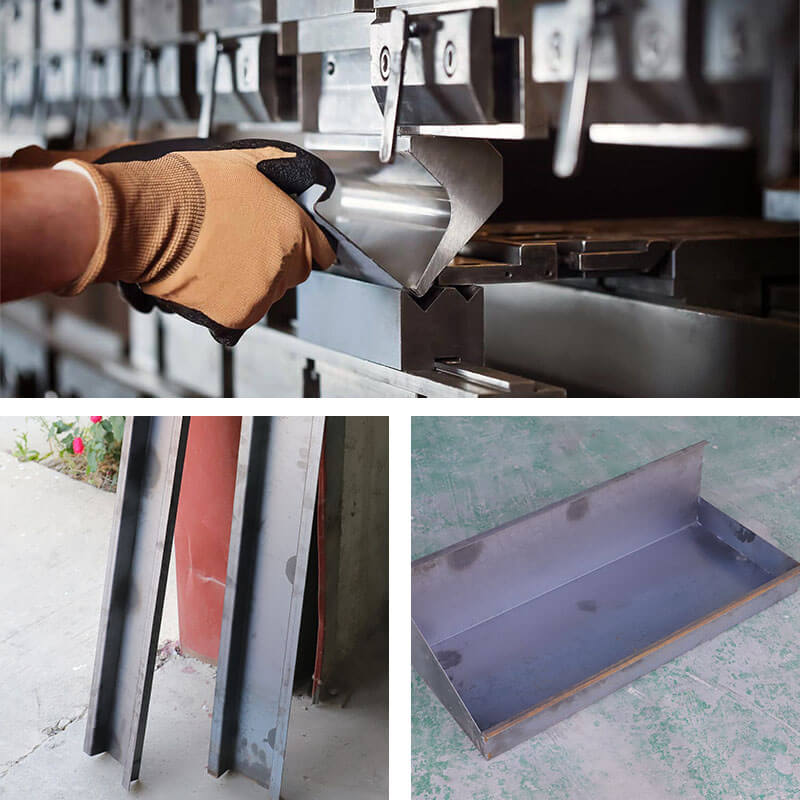
User Comments